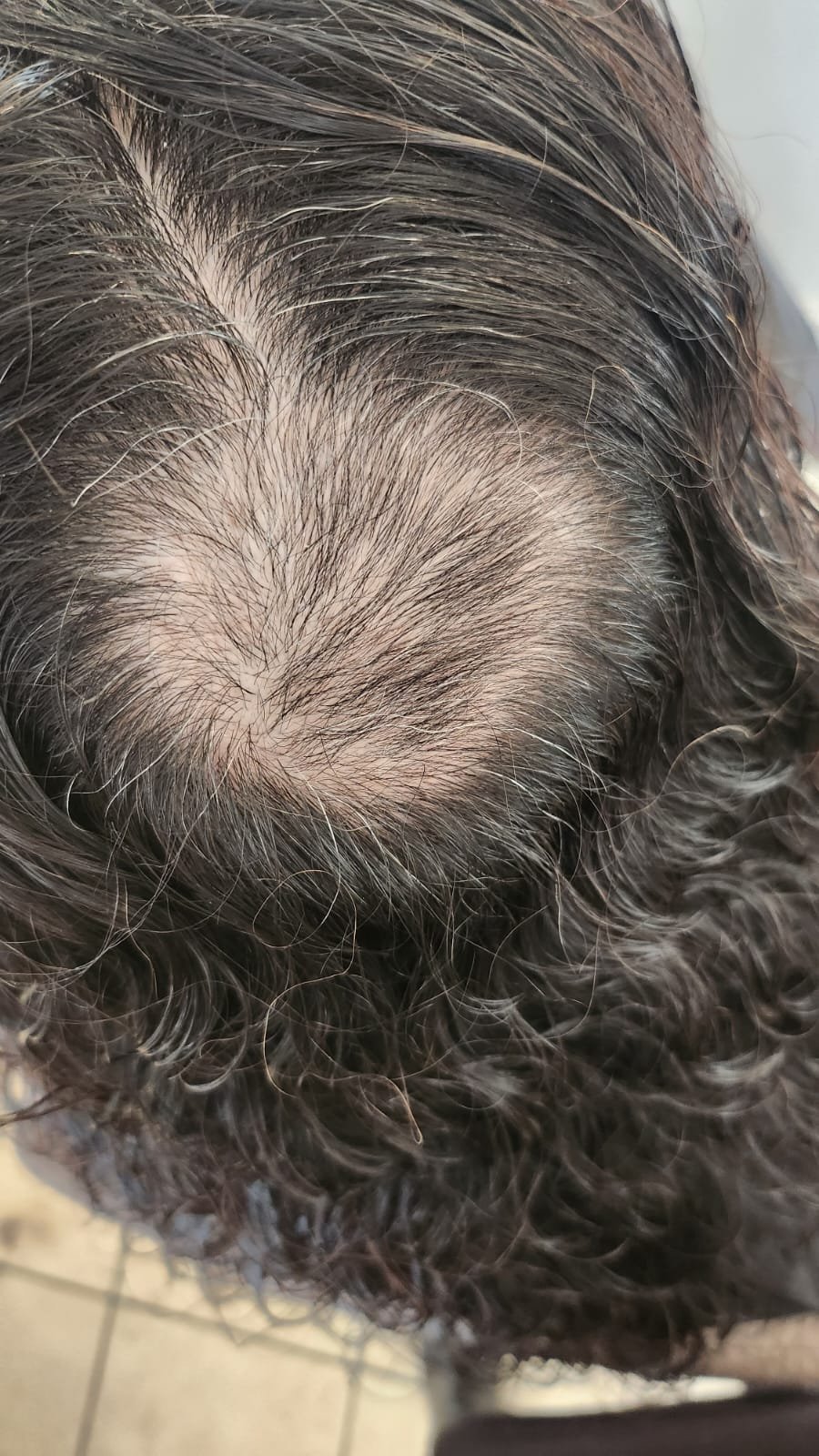What is normal hair loss, and when should we worry?
Healthy hair loss is the normal shedding of hair from the scalp as new hair grows in. On average, a person loses 50-100 hairs per day. This can vary depending on factors such as age, gender, and overall health. Hair loss becomes a concern when it exceeds this normal rate or when it is accompanied by other symptoms, such as itching or redness of the scalp.
Excessive hair loss, or hair loss that exceeds the normal rate of 50-100 hairs per day, should be a concern and warrant a visit to a healthcare professional. Additionally, if hair loss is accompanied by other symptoms such as itching, redness, or scaling of the scalp, or if it is accompanied by other changes in hair texture or appearance, it is important to seek medical attention.
Other causes such as hormonal changes, stress, genetics, certain medications and certain medical conditions can cause excessive hair loss, it's important to consult a speciaist doctor or Tricologist. It is also important to note that excessive hair loss can be a symptom of an underlying medical condition, so it is important to rule out any potential underlying causes.
It is important to act quickly when it comes to hair loss because early intervention can improve the chances of successfully treating the underlying cause and restoring hair growth. The longer hair loss is left untreated, the more difficult it can be to reverse. In addition, early intervention can help to prevent further hair loss and possible permanent hair loss.
Also, hair loss can be a symptom of an underlying medical condition, such as a thyroid disorder or autoimmune disease, so addressing hair loss can help to diagnose and treat these underlying conditions. If left untreated, these conditions can lead to more serious health problems.
In summary, early intervention for hair loss can improve the chances of restoring hair growth, prevent further hair loss, and help diagnose and treat underlying medical conditions.
Roots Professional UK educator Krysia West is an expert in hair loss and a training Tricologist, above is one of her client’s who has suffered from Alopecia Areata. The results shown above are before and after following a 9 week plan using a combination of Roots Professional products. The results speak for themsellves and we can not wait to see an update in a few weeks!
For a 1 to 1 consultation contact Krysia here
CBD shampoo & conditioner for every hair wash (3 times per week) and Founders formula on the area of concern twice daily
Excessive hair loss can be treated, depending on the underlying cause. Treatment options may include:
Medications: Certain medications can help to stimulate hair growth and slow hair loss.
Hormone therapy: Hormonal imbalances can cause hair loss, so hormone therapy may be prescribed to correct these imbalances.
Iron and vitamin supplements: Iron deficiency and other nutrient deficiencies can cause hair loss, so supplements may be prescribed to correct these deficiencies.
Surgery: In some cases, hair transplant surgery may be an option to restore hair growth.
Lifestyle changes: Certain lifestyle changes, such as reducing stress, eating a healthy diet, and avoiding harsh hair treatments, can help to improve hair growth and reduce hair loss.
A professional stimulating haircare routine is essential to help support regrowth.
Consult a specialist doctor, Hair loss expert or Tricologist to diagnose the underlying cause of excessive hair loss and to determine the most appropriate treatment plan.





